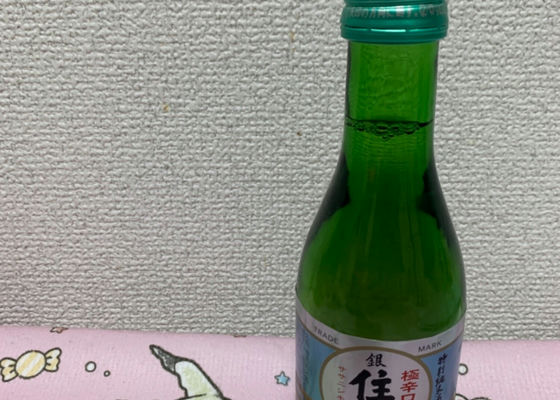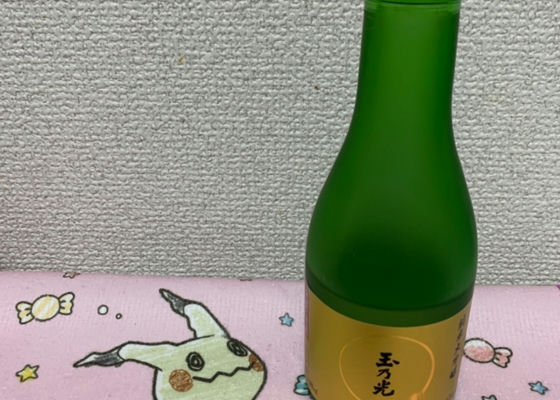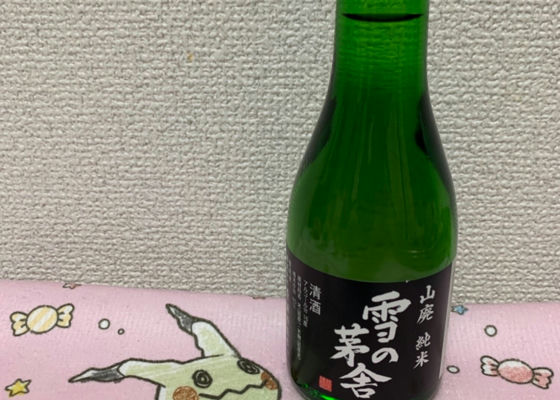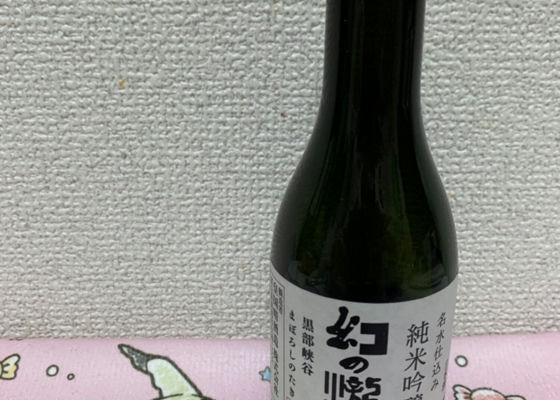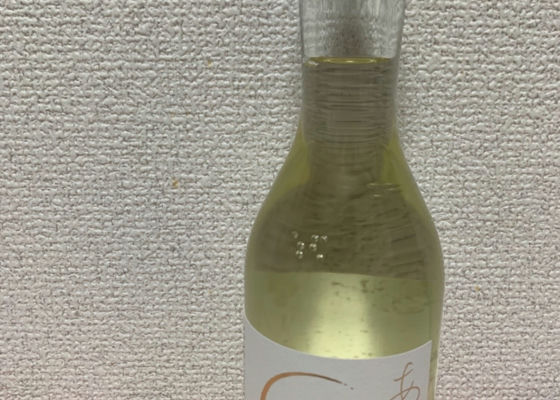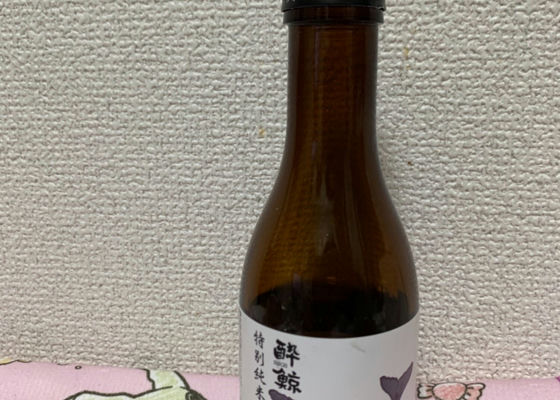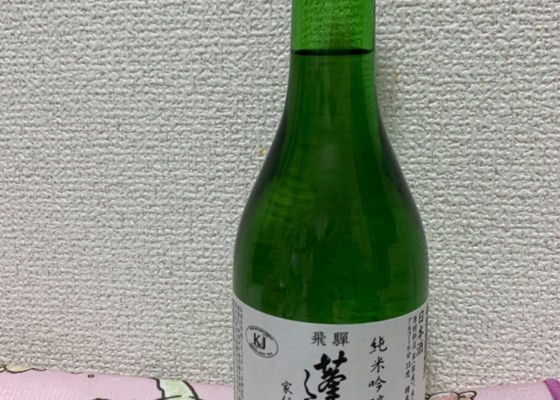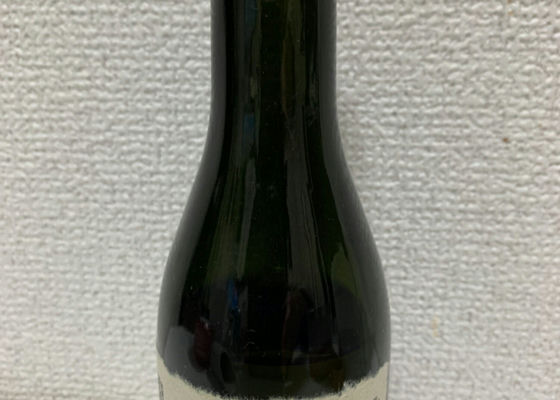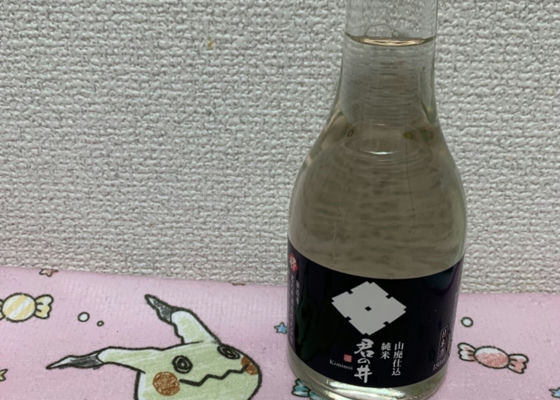
まんまみーや
See official website
Ingredients
Rice (domestic), rice koji (domestic rice)
Rice used
100% rice produced in Niigata Prefecture
Rice polishing ratio
65% polished rice
Alcohol content
15.5 degrees
The elegant Yamahai brewed with natural lactic acid bacteria from the brewery is the essence of Kiminoi. This is a product full of Kiminoi's character.
This is a Junmai-shu with the mellow flavor and deep richness that only Yamahai can provide.
Winner of the Kura Master 2020 Platinum Award in the Junmai Sake category.
The aroma is sweet, but when you drink it, it is a little dry with a crisp aftertaste.
Japanese>English
